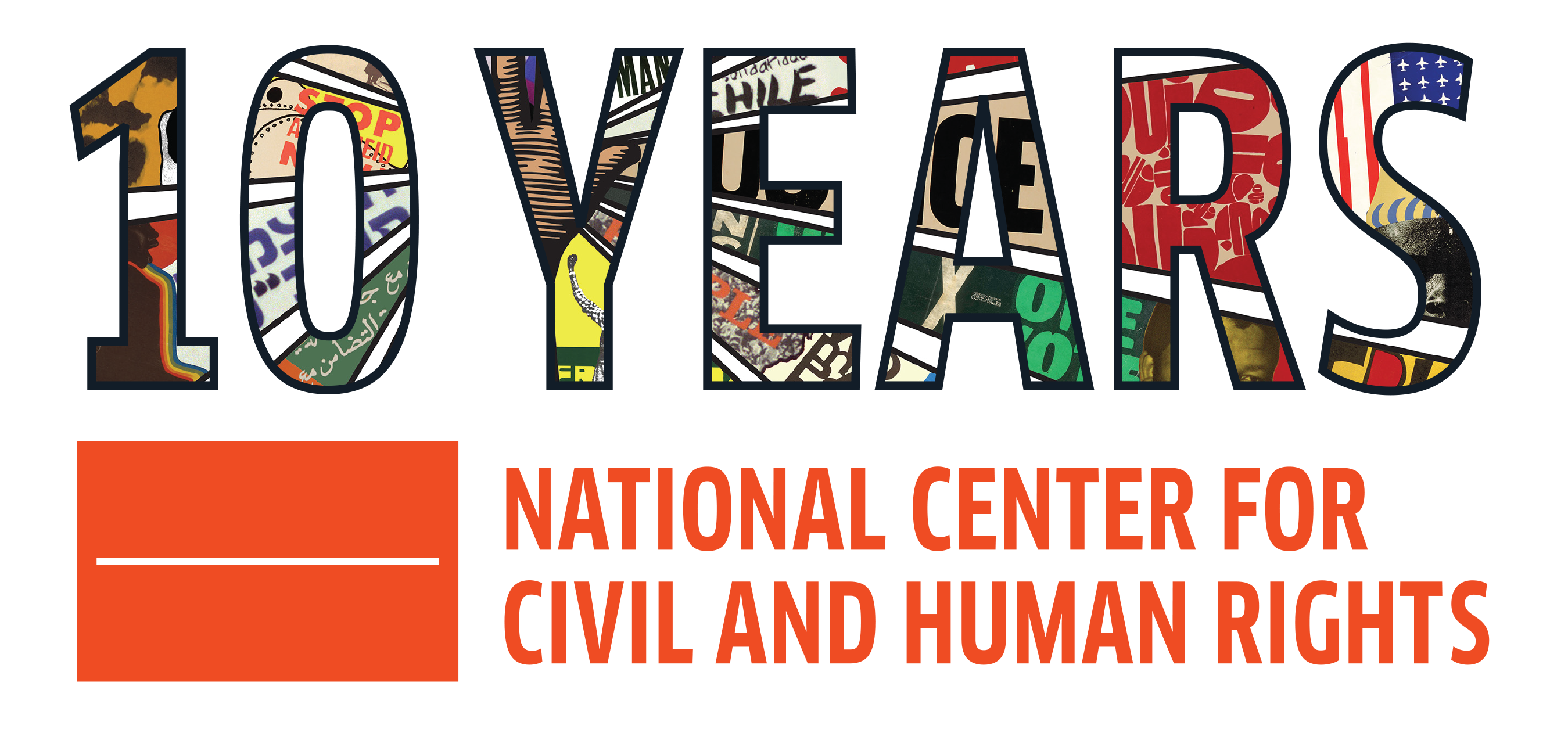It Ain’t Easy Being Green- Part One
Many have heard the phrase, “It ain’t easy being green.” With the rising cost of eco-conscious items, being “green” isn’t cheap either. In our ethical footprint section of The Center, we discuss various ways how we as consumers can make better choices in the products we buy. But have you ever noticed that shopping for ethical and sustainable products tends to cost more money? “Apparently being green costs a lot of green. Forty-two percent of those surveyed stated that they do not live a completely green lifestyle because it is too expensive. Another 70 percent stated that they will only buy eco-friendly products if they cost the same or less than non-green products, RetailMeNot reports.”
As a consumer who is striving to use my money for social and economic justice, I don’t mind spending more money on a product produced through ethical means. Buying a fair trade chocolate bar means that I’m supporting cocoa farmers and ethical food production. As consumers, we are also voting with our dollars in the goods we refuse to buy. By choosing fair trade items and products, we’re choosing not to buy goods produced with exploited labor.
However, the challenge to ethical shopping is that most Americans have limited incomes. There is a constant battle between buying what is ethical and what is inexpensive. And it follows that the less money you have, the more you will buy cheaper but unsustainable and/or unethical goods. For most people this is done out of necessity. People in impoverished communities are trying their best to obtain the necessities of life within their limited incomes. But contrast this reality with some of the luxury sustainable neighborhoods that have popped up within the last decade.
In a recent search for eco-friendly housing, I found a house for sale. It had one bedroom and one and a half bathrooms with an open floor plan measuring 900 sq ft. The house was EarthCraft and Geothermal certified. It was energy-efficient and operated on a renewable energy grid. The house was located in an area with easy access to farms where organic fruits and vegetables were sold. Ideally, all of our houses should be this eco-friendly. But the price of the home was $340,000. With rising income equality, a house like this is out of range and simply impractical for most Americans.
Unfortunately, it is those living below the poverty line that needs these products and services the most. It’s a well-known fact that impoverished communities tend to have higher concentrations of pollution. These communities also tend to be food deserts–lacking grocery stores, farmers’ markets or healthy food sellers. So what can we do? Why isn’t the eco-friendly and ethical standard the norm? How can we pursue social justice and earth-friendly lifestyles when corporations have a premium on these goods and services? We have to put pressure on corporations to adapt the ethical and eco-friendly model to all of their goods and services. In the next blog post, I will look into why green living costs so much and what we can do to make green living feasible and more affordable for all of us.

